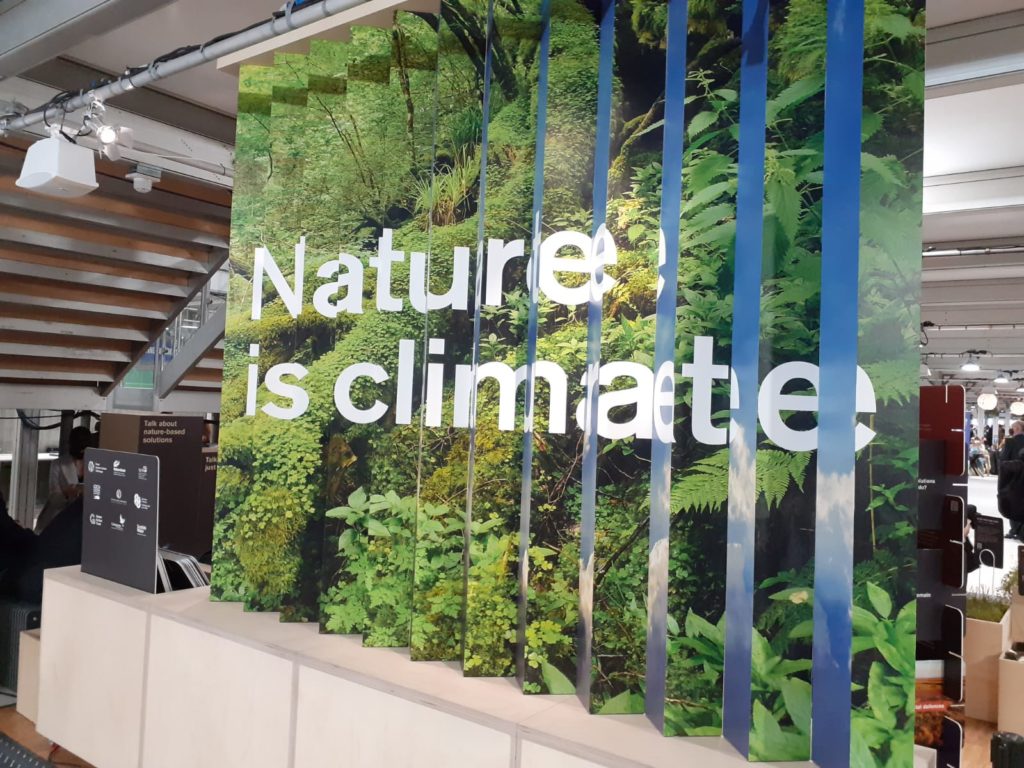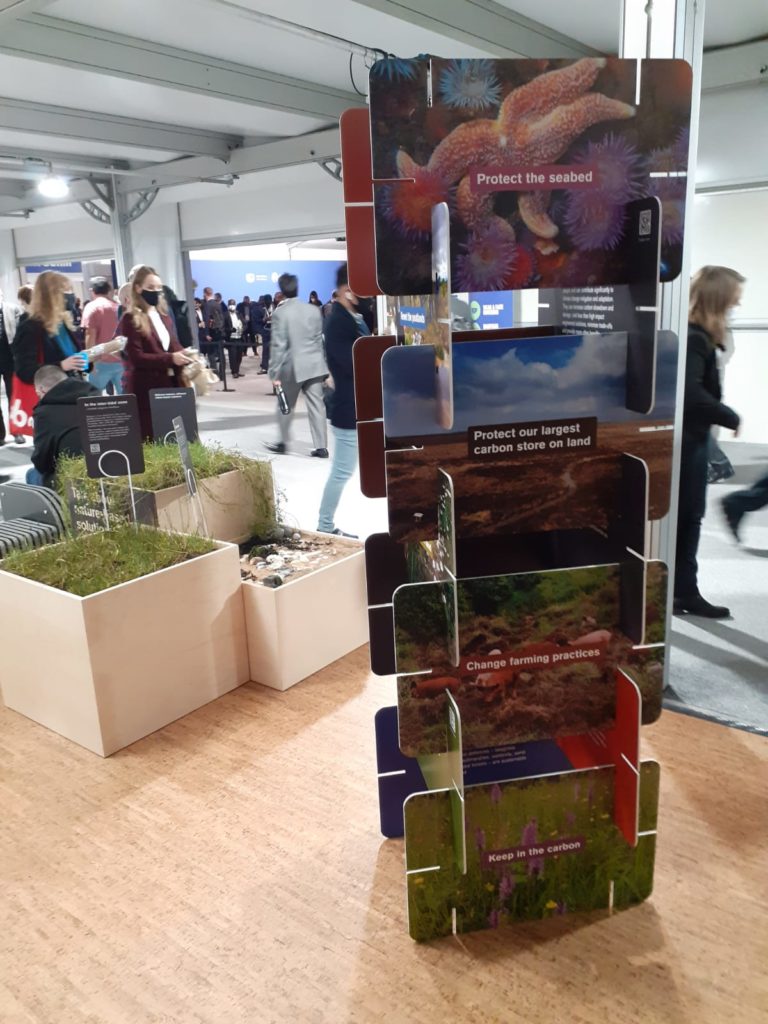This month the world looks to Glasgow for signs of progress with tackling the climate emergency. Although the negotiations must focus on the transition to a low-carbon economy through issues such as energy and finance policy, it is encouraging to see a day devoted to the role of nature and land use on Saturday 6 November. Nature provides the safe operating space for humanity in which our economy and all our activities are embedded. Land use, including farming and forestry, plays a big part in the climate emergency, accounting for just under a quarter of global greenhouse gas emissions.
But land and nature must also be part of the solution. So-called ‘nature-based solutions’ cannot compensate for the scale of carbon emissions generated by burning fossil fuels, but they can make a big contribution. Crucially, nature-based solutions address both the biodiversity crisis and the climate emergency – problems so interconnected that they can only be addressed together.
To highlight the role of nature in climate solutions, the Environment and Economy Leaders’ Group including the Royal Botanic Garden Edinburgh, NatureScot and other partners, has produced an exhibit for the delegates’ zone of the COP26 climate conference. Throughout the conference delegates will be able to explore how healthy ecosystems extract carbon from the atmosphere and lock it away.
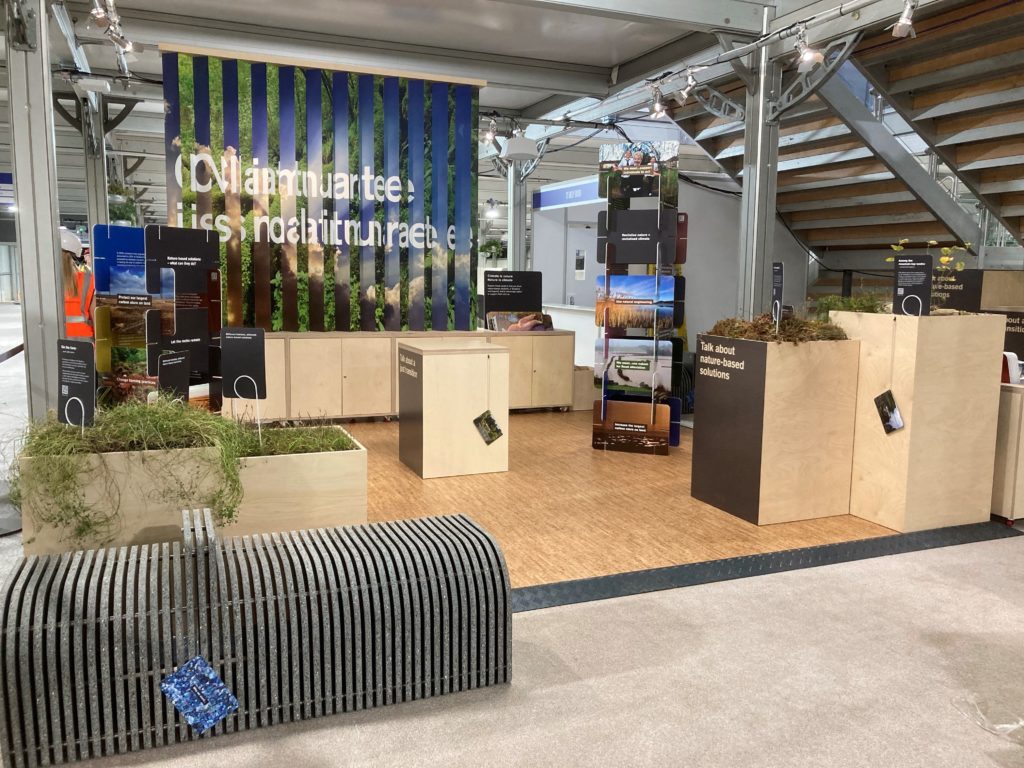
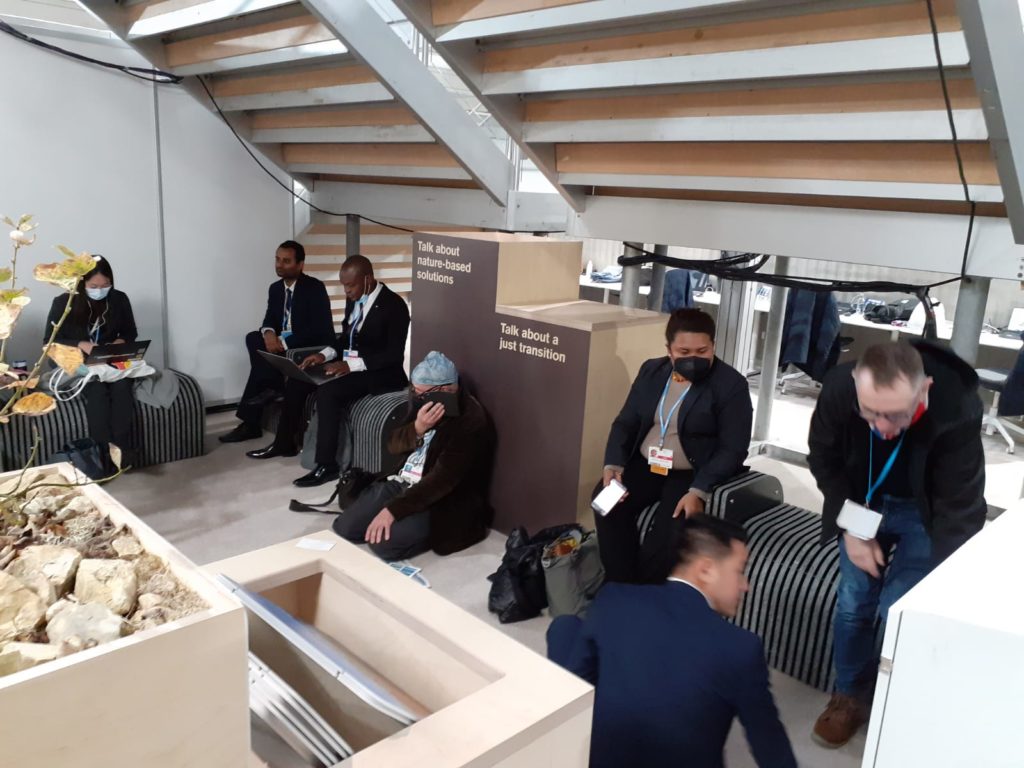
Plants have been drawing carbon out of the atmosphere for as long as they have existed. The fossil fuels we burn are the legacy of photosynthesis carried out by plants hundreds of millions of years ago. This ‘carbon capture’ function of plants is potentially important in the fight against global warming. It has been estimated that nature could store up to a third of the carbon we need to remove from the atmosphere in the next decade to stay within the target limit of 1.5C warming.
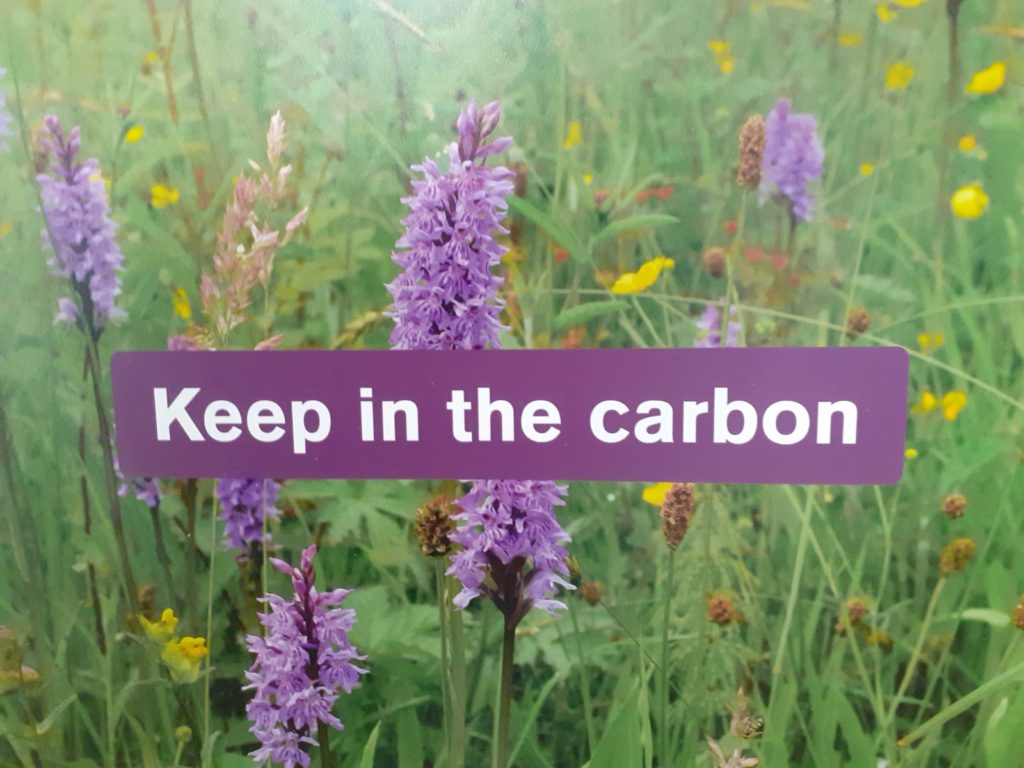
If plants draw carbon out of the atmosphere, surely this is a reason to plant more trees? Well, yes and no – we must avoid being too simplistic. Research shows that planting the wrong trees in the wrong places can make things worse, for instance resulting in plantations of non-native trees on land that has existing value for nature and carbon sequestration. Even worse, planting can release carbon locked in the soil at a scale that equals or exceeds the carbon absorbed by the trees as they grow! There is also the issue of people and livelihoods being displaced by plantations.
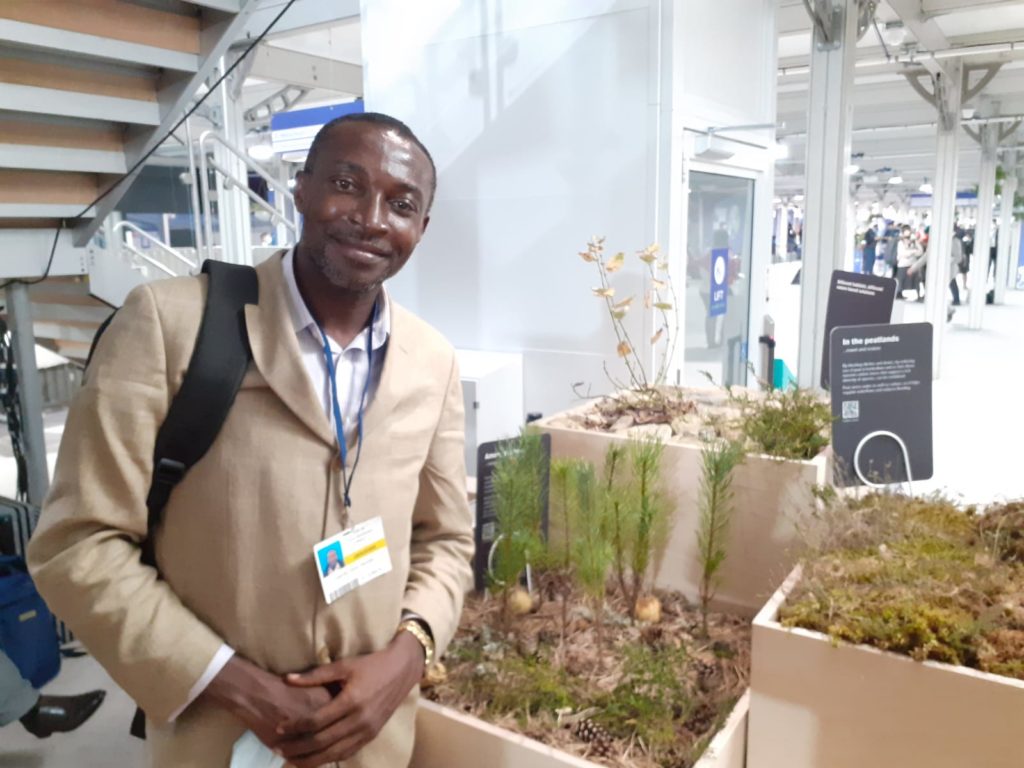
So, what do nature-based solutions for climate look like in Scotland? Well, we could do with more forests, but they need to be composed of the right trees in the right places. Targeting tree planting to soils that are already carbon-depleted is one option. Tree growth in such circumstances is likely to incorporate more carbon into the soil. Another option is greater reliance on natural regeneration as opposed to planting. The rewilding of upland areas would see natural regeneration increasing tree cover with benefits for wildlife and climate. However, this will only happen if grazing and browsing by deer and sheep is controlled.
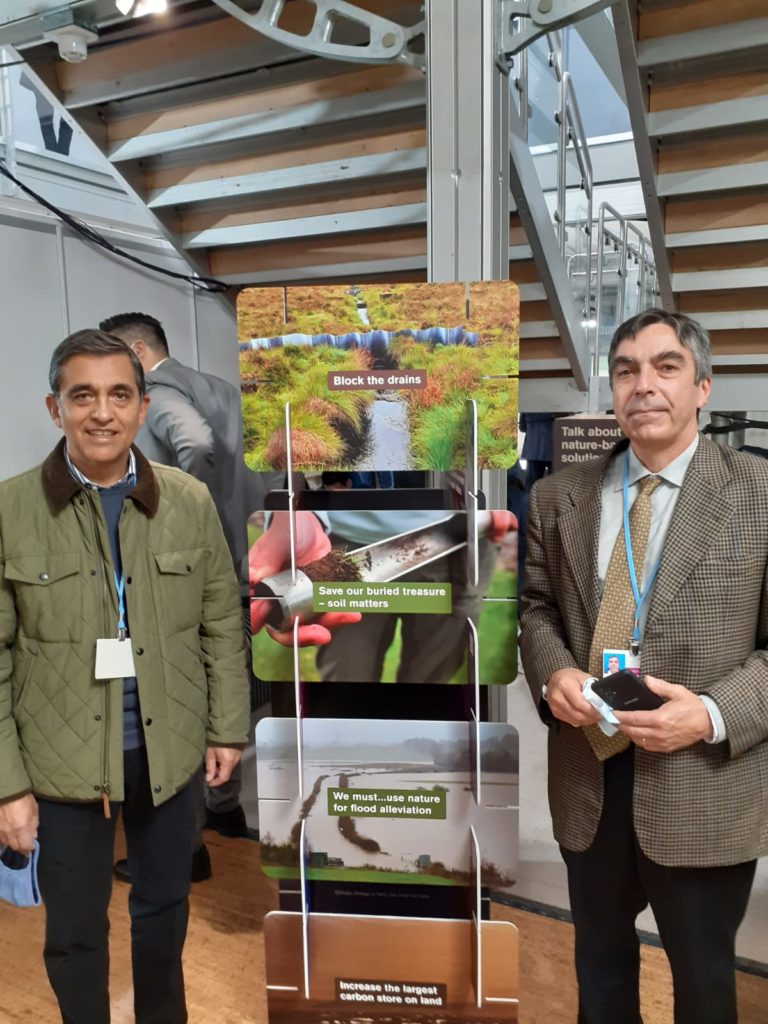
At a global scale, soil is the most important carbon store on land, so how we farm the land matters. Regenerative farming methods can build soil carbon rather than depleting it. For instance, agroforestry mixes trees with crops and livestock and builds soil carbon. If a third of Scotland’s farmers adopted this system, agricultural emissions would be cut by 10%. Another farming practice designed to preserve soil carbon is ‘low till’, which in contrast to traditional ploughing techniques relies on minimal soil disturbance at sowing time to preserve soil structure and health.
Scotland’s wet climate means that we have a vast store of carbon on land in the form of peat. Key to our national portfolio of nature-based solutions will be re-wetting of peat bogs previously drained for peat extraction or land use such as forestry. Eighty per cent of our peat bogs are damaged by drainage, accounting for 1.4 million hectares, an area which holds 63% of Scotland’s soil carbon. Damaged bogs are carbon sources, with decomposition releasing carbon and contributing to greenhouse gas emissions. The good news is that bogs can bounce back when re-wetted. Within ten years a bog can be restored to healthy function and act as a carbon sink. The Scottish Government has committed to re-wetting 250,000 hectares of damaged bog over the next ten years.
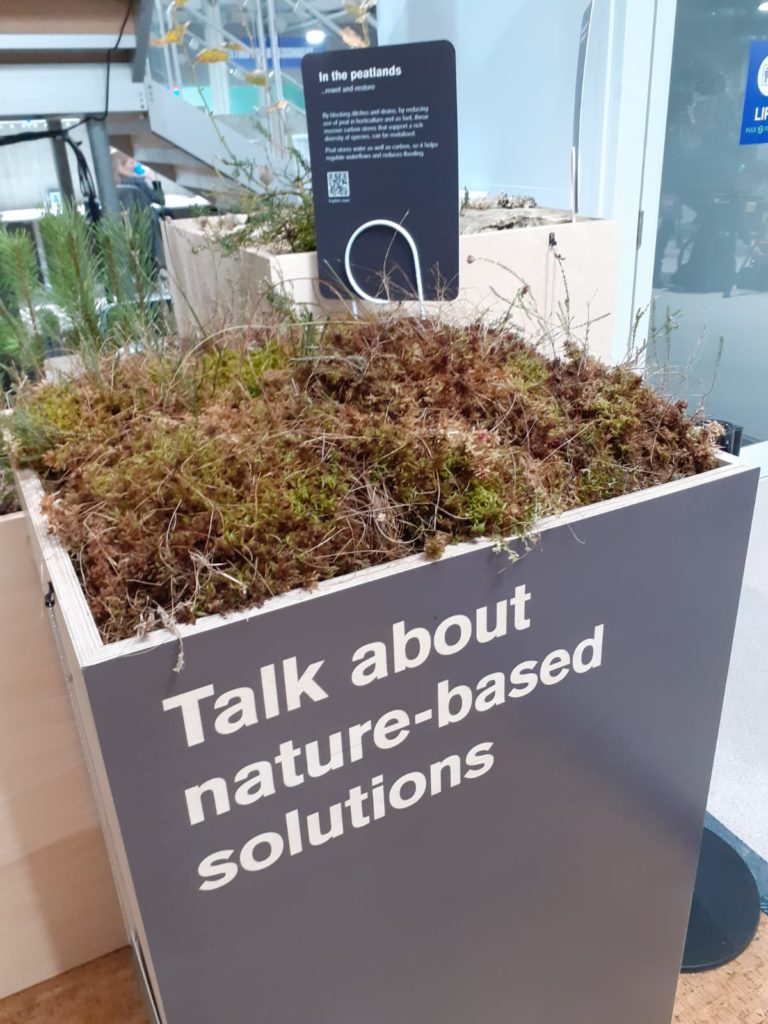
Nature-based solutions to climate extend to the coastal fringe and the sea. Rising sea levels make natural coastal defences, such as salt marshes and sand dunes, increasingly important. Seagrass meadows exist out of sight in shallow water and reduce wave energy, store carbon more rapidly than terrestrial habitats and act as nurseries for fish. It has been estimated that these habitats collectively protect £14.5 billion of Scottish assets.
Even the places where we live, and work can support nature-based solutions that help us adapt to extreme weather events. City trees moderate extreme heat, and flash flooding can be reduced by raingardens and sustainable drainage systems (SuDS) that create habitat to manage water flows.
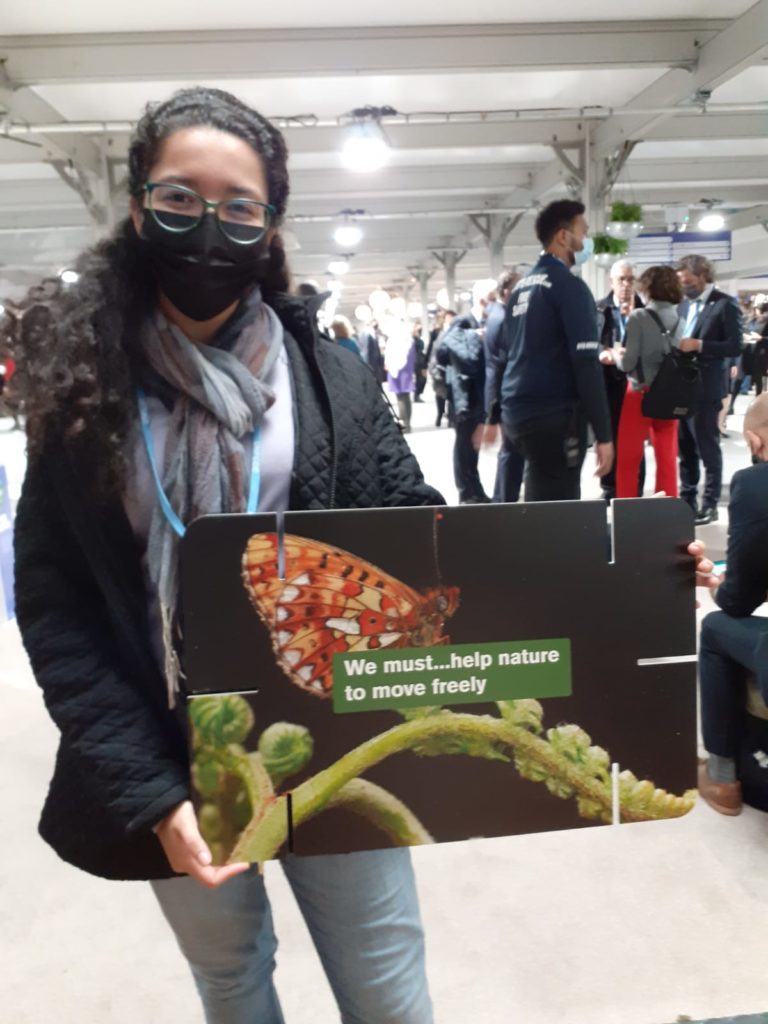
The Glasgow COP needs to stimulate action, not just talk. New technologies, nature-based solutions and behaviour change are all needed. One action for governments around the world is to identify the opportunities they have for nature-based solutions. However, they must think their actions through and base them on sound science, to avoid unintended consequences and mere greenwashing.
